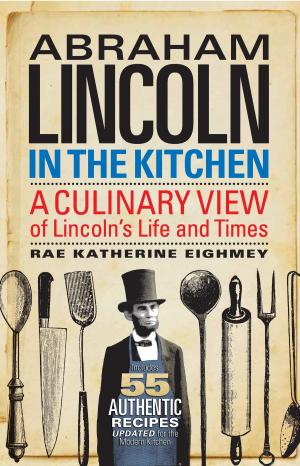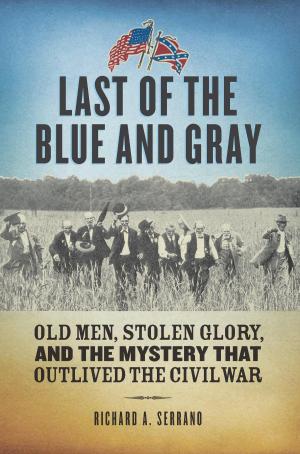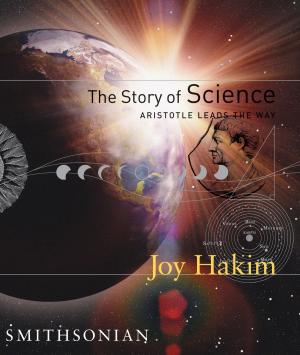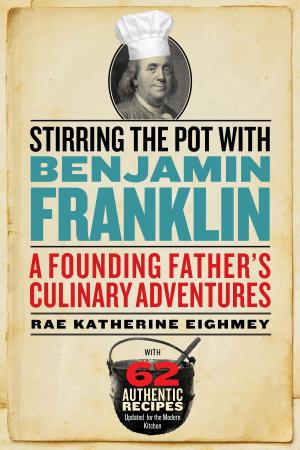Madcap May
Mistress of Myth, Men, and Hope
Nonfiction, Entertainment, Performing Arts, Theatre, History & Criticism, Biography & Memoir, Entertainment & Performing Arts| Author: | Richard Kurin | ISBN: | 9781588343277 |
| Publisher: | Smithsonian | Publication: | September 4, 2012 |
| Imprint: | Smithsonian Books | Language: | English |
| Author: | Richard Kurin |
| ISBN: | 9781588343277 |
| Publisher: | Smithsonian |
| Publication: | September 4, 2012 |
| Imprint: | Smithsonian Books |
| Language: | English |
May Yohe was a popular entertainer from humble American origins who married and then abandoned a wealthy English Lord who owned the fabled Hope diamond--one of the most valuable objects in the world and now exhibited at the Smithsonian Institution in Washington, D.C. May was a romantic who had numerous lovers and at least three husbands--though the tabloids rumored twelve. One included the playboy son of the Mayor of New York. May separated from him--twice--and cared for her next husband, a South African war hero and invalid whom she later shot.
Crossing the paths of Ethel Barrymore, Boris Karloff, Oscar Hammerstein, Teddy Roosevelt, Consuelo Vanderbilt, and the Prince of Wales, May Yohe was a foul-mouthed, sweet-voiced showgirl who drew both the praise and rebuke of Nobel laureate George Bernard Shaw. Nicknamed "Madcap May," she was a favorite of the press. In later years she faced several maternity claims and a law suit which she won. She was hospitalized in an insane asylum and escaped. She ran a rubber plantation in Singapore, a hotel in New Hampshire, and a chicken farm in Los Angeles. When all else failed, she washed floors in a Seattle shipyard, and during the Depression held a job as a government clerk. Shortly before her death, she fought, successfully, to regain her lost U.S. citizenship.
How was this woman, May Yohe, able to charm her way to international repute, live an impossible life, and also find the strength to persevere in light of the losses she suffered--in wealth, citizenship, love, and sanity? Madcap May, assembled from her writings and historical interviews, archival records, newspaper stories, scrapbooks, photographs, playbills, theatrical reviews, souvenirs, and silent film, tells her heretofore lost story.
May Yohe was a popular entertainer from humble American origins who married and then abandoned a wealthy English Lord who owned the fabled Hope diamond--one of the most valuable objects in the world and now exhibited at the Smithsonian Institution in Washington, D.C. May was a romantic who had numerous lovers and at least three husbands--though the tabloids rumored twelve. One included the playboy son of the Mayor of New York. May separated from him--twice--and cared for her next husband, a South African war hero and invalid whom she later shot.
Crossing the paths of Ethel Barrymore, Boris Karloff, Oscar Hammerstein, Teddy Roosevelt, Consuelo Vanderbilt, and the Prince of Wales, May Yohe was a foul-mouthed, sweet-voiced showgirl who drew both the praise and rebuke of Nobel laureate George Bernard Shaw. Nicknamed "Madcap May," she was a favorite of the press. In later years she faced several maternity claims and a law suit which she won. She was hospitalized in an insane asylum and escaped. She ran a rubber plantation in Singapore, a hotel in New Hampshire, and a chicken farm in Los Angeles. When all else failed, she washed floors in a Seattle shipyard, and during the Depression held a job as a government clerk. Shortly before her death, she fought, successfully, to regain her lost U.S. citizenship.
How was this woman, May Yohe, able to charm her way to international repute, live an impossible life, and also find the strength to persevere in light of the losses she suffered--in wealth, citizenship, love, and sanity? Madcap May, assembled from her writings and historical interviews, archival records, newspaper stories, scrapbooks, photographs, playbills, theatrical reviews, souvenirs, and silent film, tells her heretofore lost story.















